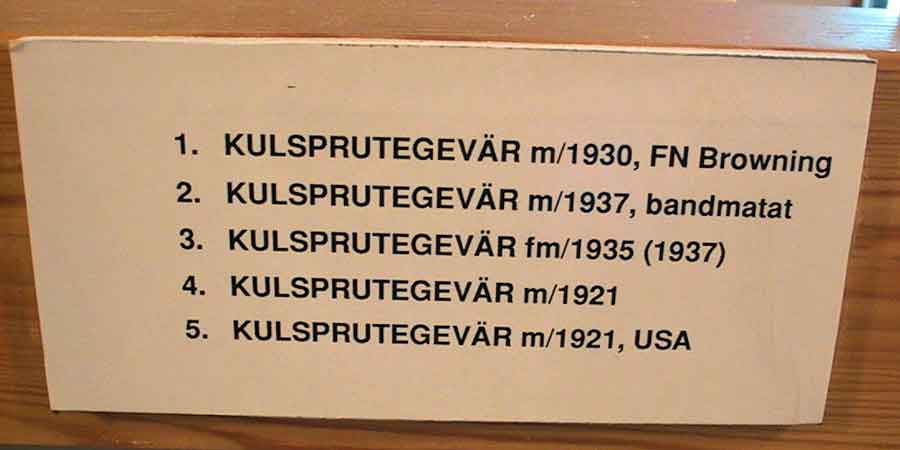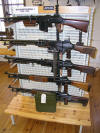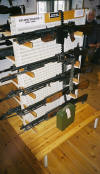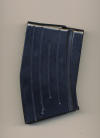| Kg m/40
1940 a LMG was accepted called
system SAV (Svenska Automat Vapen = Swedish Automatic Weapons). The
construction was German according to the famous writer and authority Josef
Alm at the Swedish Army museum who was working there during and after the
war. The name of this German was Lauf. The construction was further
developed by a Swedish consortium. (Small arms of the army now and before by
Josef Alm printed 1953 / see pages 312 and 313). The mechanism works like
the Swedish kg m/39 (Brno LMG ZB26). When the bolt locks its rear end is
pressed down to lock against the locking edge in the bottom of the receiver.
Kg m/40 was
produced by Svenska Automatvapen AB (SAV), though all parts were
manufactured by various contractors in the Stockholm area. SAV was only
responsible for the assemblage of the guns.
m/40 fires only
full auto. It is possible to shoot single shoots likewise with the
submachine gun m/45 by very fast releasing your finger from the trigger.
The handle and
the bipod are fixed to the gas-cylinder!
The m/40 used a
similar, 20-round magazines as the kg m/21 and the kg m/37 (BAR), inserted
from the left hand side.
The m/40 mag
has a reinforcement across which is different from the m/37 but they are
interchangeable. (See picture – if you want a better I think I can arrange
it.
The m/40 soon
became quite unpopular among the troops and it was quickly transfered to the
Home Guard who didn't like it either and shortly
after the war it was
replaced by the twenty years older m/21.
A similar gun
was made in Germany by the brake manufacturer Knorr-Bremse and used
by the Waffen SS in limited numbers as the MG 35/36.
I also show you
picture from Swedish infantry manual from 1943. On page 129 you can see the
piston and at the bottom the bolt. According to the same manual the same
magazine is used like with m/37. |















